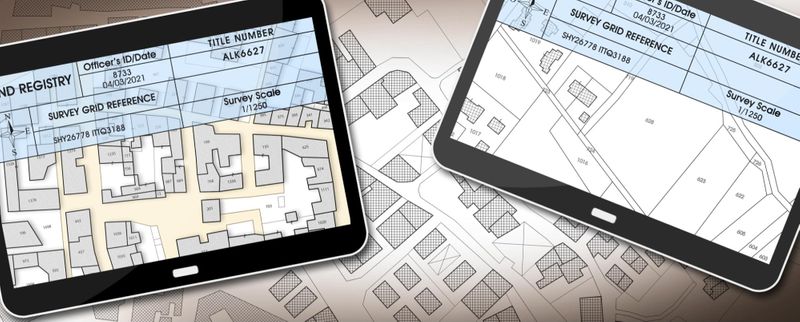Residential builders are perplexed, puzzled and perturbed at the extraordinary and inordinate length of time it takes to get a home or condo development project approved in Ontario.
In Toronto, for example, it takes 908 days or two and a half years for site plan approval, up from 21 months two years earlier, and 713 days or nearly two years for a zoning bylaw decision. Presently, the city ranks last among 20 Canadian cities in terms of speed for approvals.
It’s a baffling figure. Seriously.
Waiting for approvals costs builders time and money. Each year a project is delayed adds between eight and 14 per cent in construction-related costs, or between $9 and $19 per square foot.
Bottom line here is that these delays are only making housing more costly to build – adding to the price tag on new housing to consumers at a time when supply and affordability are key issues.
Study pinpoints the problem
A study published recently by Toronto Metropolitan University’s Centre for Urban Research noted that one of the reasons for widening housing unaffordability in the Greater Golden Horseshoe (GGH) over the past 20 years is the introduction of additional planning layers to municipalities. Fragmented municipal governments and land use planning policy are other reasons.
The study examined housing affordability in Toronto and Ottawa areas and delved into why Toronto is worse off than the nation’s capital.
While provincial policy frameworks have contributed to the discrepancy, the report notes that the land use planning regimes of municipalities in the GGH are also to blame as the Toronto census metropolitan area encompasses multiple tiers of government. This leads to the imposition of additional planner layers in the Toronto area but not in metropolitan Ottawa.
According to the study, the additional planner layers in Toronto, and not in Ottawa, have played a role in the widening affordability gap between the two when it comes to single-family housing. Adding more planning layers, just adds to the timeline for getting shovels in the ground.

System needs an overhaul
For an example, one only has to look to Toronto council’s decision to refuse development applications for a residential tower on a heritage site at 1117 Queen St. W. There is a two-storey postal station on site that was built in the early 1900s. The developer wanted to keep the existing structure and redevelop the site with a 29-storey, mixed-use residential tower, but city staff recommended the application be refused because it didn’t preserve the heritage value of the existing building. Nor did it conform with land use policies or local guidelines.
This was an insane, time-wasting exercise, and came at a time when we’re in such dire need of housing. It was yet another prime example of what’s wrong with our system – too many planning layers and too many people with their fingers in the pie. The system is in need of an overhaul.
We are hoping that the Toronto Housing Action Plan and new development and growth division in the city will lead the way. We must make sure that approvals are not held up unnecessarily.
Problem is taking a toll
Young people are moving away from our cities and province because they can not afford to buy a home here.
According to Statistics Canada, 14,100 Ontarians in their 20s moved away from the province last year, mainly to Alberta, continuing a three-year trend of extra-provincial migration from Ontario exceeding inflow from other regions of the country.
We have to make it easier – and less expensive – to build housing by reducing red tape and cutting taxes, fees, levies and development charges on new housing. Presently, they account for 31 per cent of the cost of a new home.
Lack of housing has social cost
The lack of affordable housing has a social value cost. A report prepared recently by the Canadian Centre for Economic Analysis (CANCEA) showed that the social value cost attributed to housing unaffordability in the Greater Toronto Area is about 1.75 times greater than that of cancer.
Think about that for a moment. It’s a stark indication of the severity of the housing affordability crisis.
In the study, CANCEA researchers looked at demographic, economic, financial and personal well-being levels across the population and explored how well-being levels in the GTA might improve if unaffordability were addressed. From the statistics, they calculated the monetary cost of housing unaffordability and compared it to the social value costs of major chronic diseases.
The results are staggering and showed a clear decrease in well-being due to housing unaffordability.
Which brings me back to my original point.
We must speed up the approvals process if we are to have any hope of getting out of the current housing crisis.
Time is running out.
Richard Lyall is president of the Residential Construction Council of Ontario (RESCON). He has represented the building industry in Ontario since 1991. Contact him at media@rescon.com.







